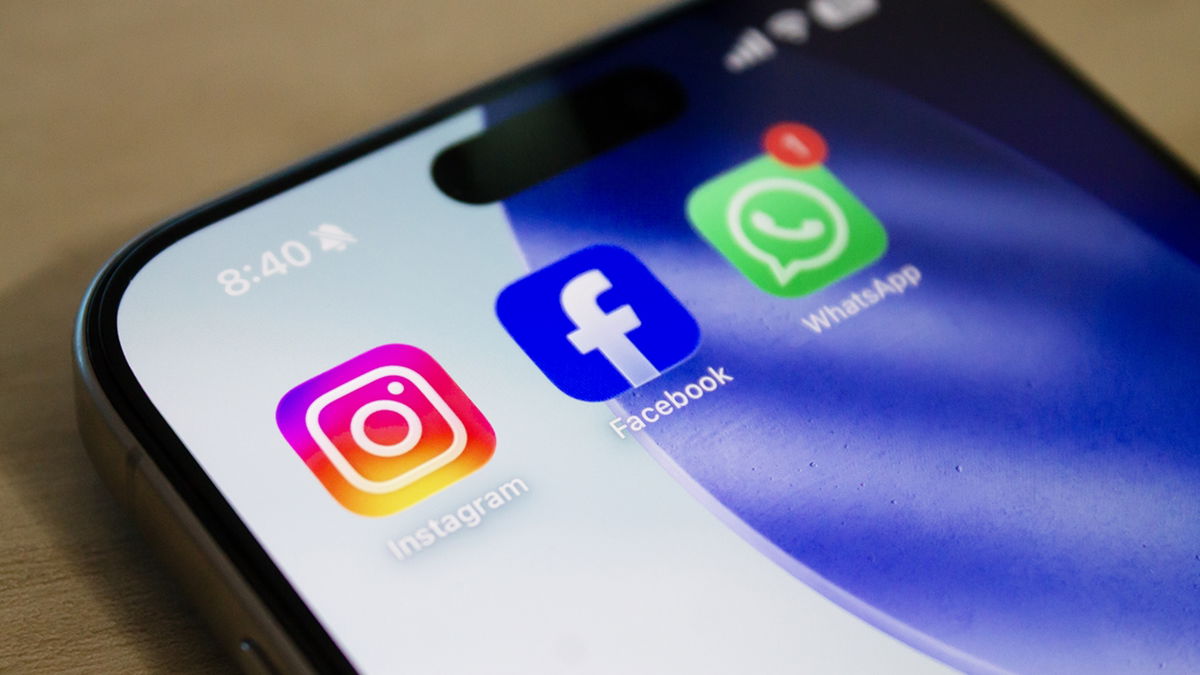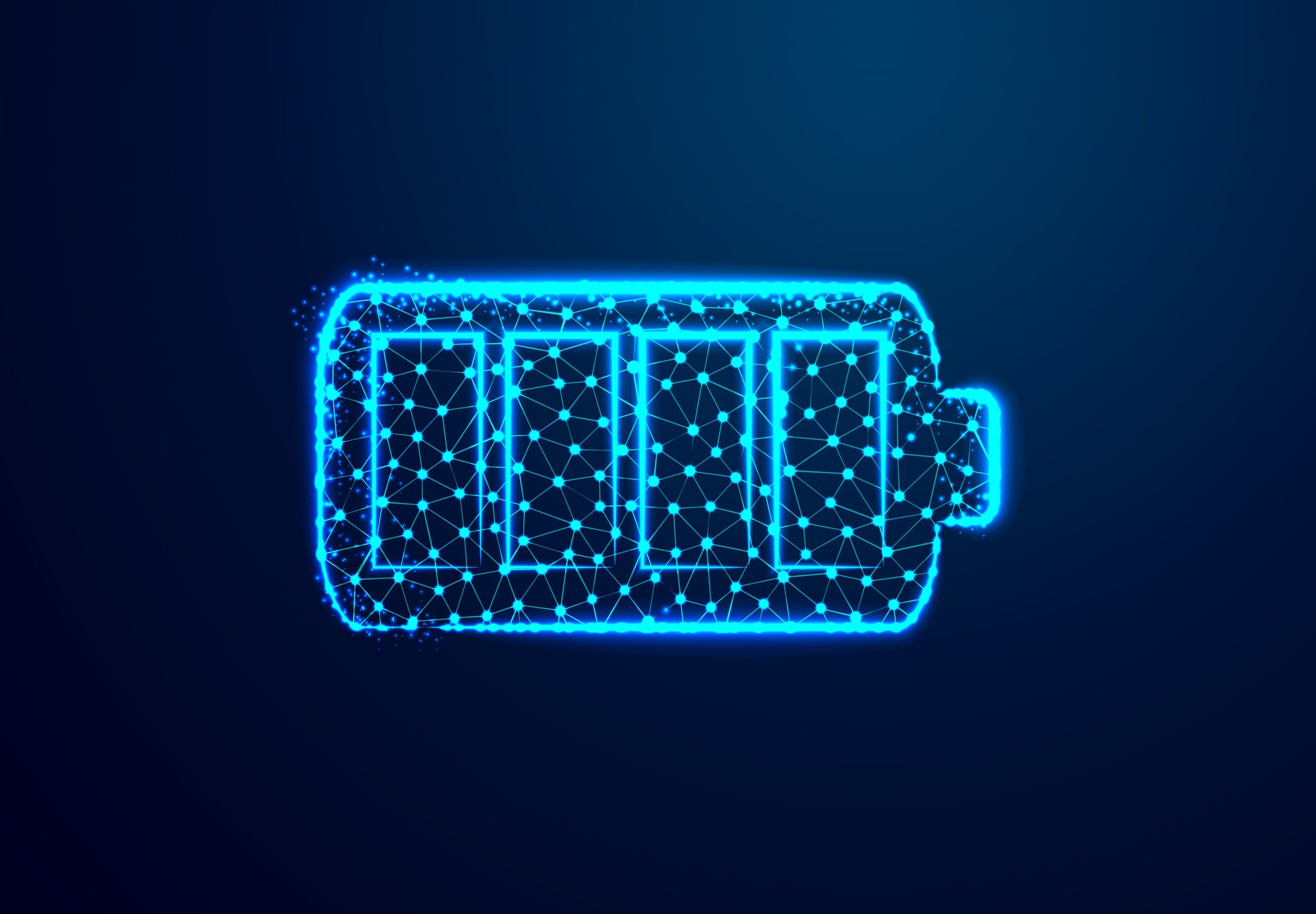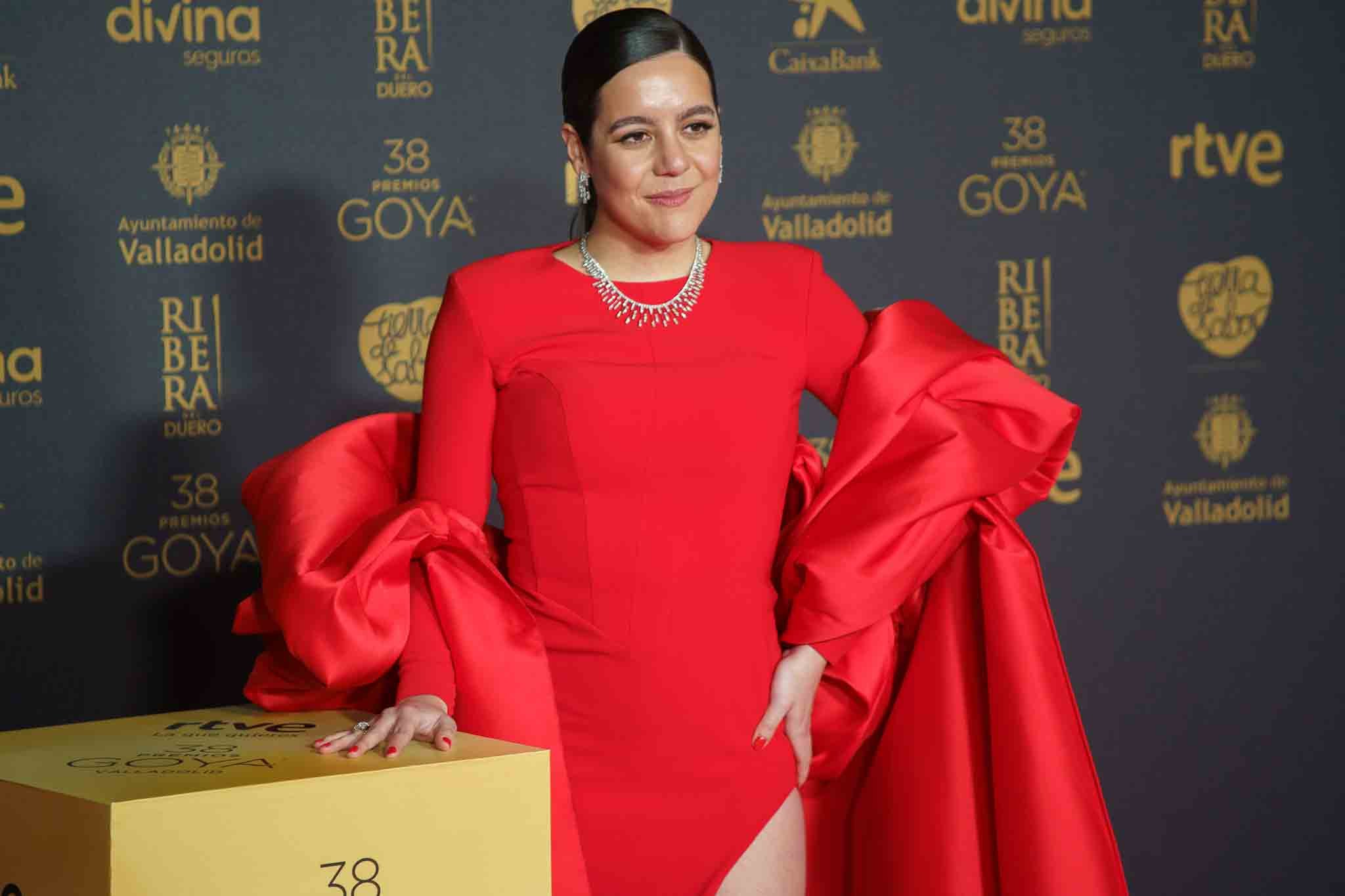April 12, 2023 speleologist Beatrice Flamini he went out into the sunlight tired but full of hope. For her, it was still November 21, 2021, the day she decided to voluntarily enter the bowels of a place in Granada, near the town of Motril. In total they were 500 days; but like the shirt she proudly showed off during the press conference after exit from the caveone night.
Although those responsible for the Guinness Book of Records have not yet announced themselves, everything indicates that he is the person who has spent the most time volunteering isolated in an underground cave. But his goal was not to appear there. At least it wasn’t just that. Beatriz Flamini wanted to challenge herself and, in turn, wished that these efforts would help science. better understand the human body and mind.
For this reason, although she remained alone all this time, she was closely watched by scientists belonging to experimental psychology and behavioral physiology groups from the University of Granadaand clinical neuropsychologists from the University of Almería and chronobiologists from Kronohealth. All of them collected data on the feat of Flamini during their performance, but will continue to do so. a posteriori. For them, this is a unique opportunity, which was made possible thanks to the courage of the caver.
500 days of Beatrice
Beatrice Flamini was artificial lighting for illumination inside the cave. However, they do not serve us. temporary link. Thanks to natural light, people can tell when one day ends and another begins. But for her there were neither days nor nights. His clock (the object, not the biological clock) stopped at November 2021.
This is a unique opportunity for chronobiologists who usually work from scripts. changedas he well explained hypertext CEO of Kronohealth, Maria José Martinez Madrid. “We are constantly masking the circadian system with inadequate lighting, constant temperature because we are conditioned and heated, stress and anxiety due to work overload….”
All this makes it difficult to study in its purest form the circadian system that regulates our physiology in 24-hour cycles. “In the 1970s, Aschoff began doing research on chronobiology with students who got into bunkers underground without time signals,” continues Martinez Madrid. “Beatrice also didn’t have any temporary signs, she slept or ate when her body asked her to.” Thus, the situation raised by Flamini proved to be very useful, since “the circadian system can be studied without a greater number of synchronizers than those marked by its genes.”

Reading, knitting and more
At the subsequent press conference, an excited Beatrice Flamini, surrounded by people with medical mask In order not to unduly endanger his immune system, which has also been in isolation for over a year, he spoke about his daily life in the cave.
He reported that read 60 books, knitted woolen hats and carried on a dialogue in silence with herself. He never spoke aloud, except for messages for a documentary film to be released later. According to her own statements, she did this because she did not want to disturb the environment in which she did not cease to be an outsider.
But she not only read and knitted. He also did exercises prescribed by personal trainers and helped scientists with journals, as well as keeping track of his sleep patterns. In fact, for the latter, he relied on Kronowise, a technology patented by Kronohealth that aims to monitor circadian activity and sleep through the definition of periods of activity, temperature, position and light. But why these parameters and not others?
“Activity gives us information about our rhythms, schedules of work, rest, exercise, etc. in various variables of time, movement, and acceleration. For example, an older person is no longer one with low acceleration, but may have a continuous tremor, as in Parkinson’s disease. As for temperature, this is the most endogenous rhythm, the least modifiable. Hence, it gives us a more internal signal about our biological clock. And finally, light is the main synchronizer of the circadian system.”
Maria José Martinez Madrid, CEO of Kronohealth
With all this, it was possible to track Flamini’s performances, although the results are still being analyzed.
Computer without temporary links
On the other hand, it was important to study how isolation would affect him. at the neuropsychological level. It is important to note that although she is under close observation, she has been in complete isolation for 500 days. He received food from abroad, but did not communicate with those who took it. The same goes for the rest of the food. Even when he had to leave the cave after 300 days to fix the router that allowed him to send messages abroad, he went straight to the tent, where he remained isolated until he returned to the cave.
For this reason, follow-up by neuropsychologists was vital. This could be done thanks to a timeless computer on which he had to perform a series of simple tests of attention, working memory, and executive control. explained it hypertext one of the participating scientists, professor Maria Dolores Roldan Tapia, at the Department of Neuropsychology, University of Almería. “She performed these tasks while in the cave when she felt it was appropriate,” says the scientist. “We told him to do it once every two weeks, but because he lost control of time so quickly, he did them when he wanted to.”
This part of the experiment is, of course, over. Now, like chronobiologists, they have to analyze the consequences after get out of the cave.

Consequences of isolation
During the press conference, there was a moment when Flamini asked to repeat the question, claiming that his short term memory Has been affected. This, according to Martinez Madrid, could happen if fast sleep. However, she could sleep when she wanted to, and her sleep was not interrupted. Therefore, it is impossible to be sure that it is for this reason.
But this can happen because of the isolation itself. “Memory is very sensitive system to various situations or conditions such as sleep deprivation, food deprivation, lack of oxygen, trauma, etc.,” says Roldan Tapia. “In Beatrice’s case, changing circadian rhythms, changing sleep patterns, lack of dietary variety, lack of fresh food, loneliness… triggered a series of short-term changes in functional memory. that we believe and think reversible in the absence of structural damage.
But this is not the only effect that has been observed so far.
“Sensory deprivation was very important. Not only because of the isolation, but also because of the lack of light. This, according to previous literature, can lead to cognitive problems with thinking, memory, attention and, in the emotional sphere, anxiety, depression, hallucinations… Post-traumatic stress may even develop.”
Maria Dolores Roldan Tapia, professor of neuropsychology at the University of Almería
In fact, Flamini herself, leaving the cave, admitted that during her stay she had several auditory hallucinations. Fortunately, the study of its evolution is in good hands; which, as expected, should be fine.
Flamini’s challenge goes far beyond self-improvement
Flamini helped many scientists by providing them with unique conditions for their research. But besides helping those scientists, can help other people. For example, a professor at the University of Almería tells us that the results of these studies could have many applications. They range from the effects of sensory deprivation on aging to the effects of isolation on space flights or research centers. In fact, several studies are already underway, according to the two researchers interviewed for this article.
And all thanks to a woman who put her body and mind to the test to unprecedented limits. someone who turned 50 years old at a depth of 70 meters underground and that when he came out, he didn’t even know that Russia had attacked Ukraine. Therefore, one who has come out of darkness enters a world full of light, but much darker.
Source: Hiper Textual













